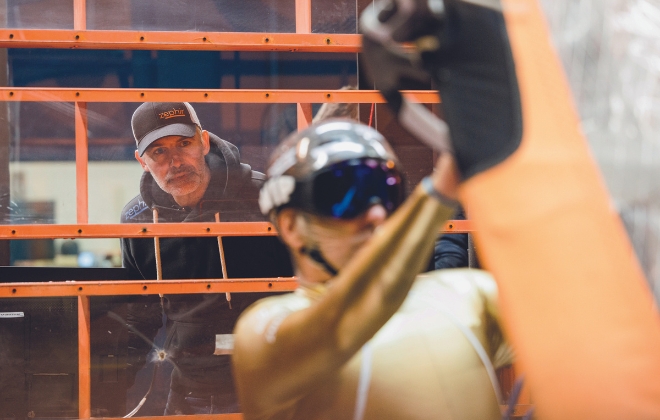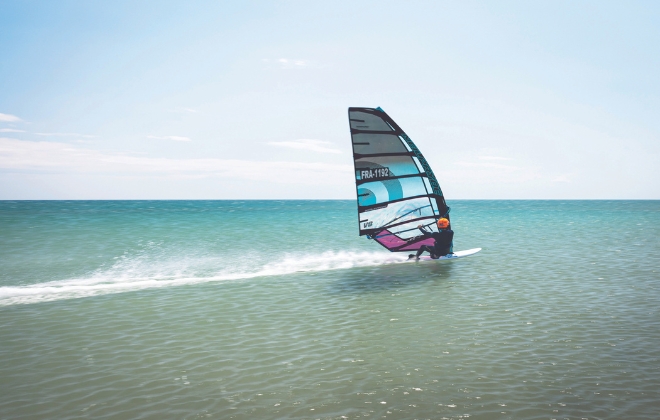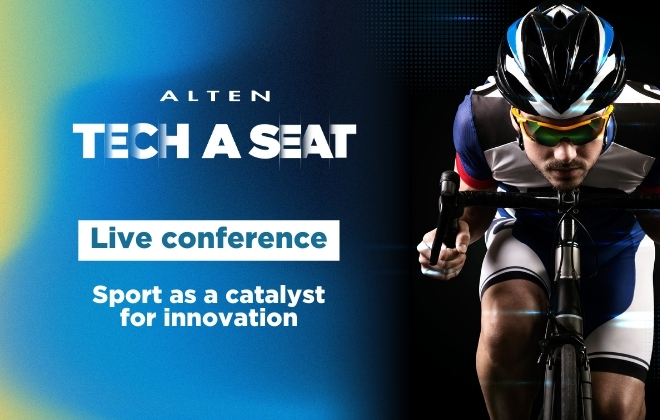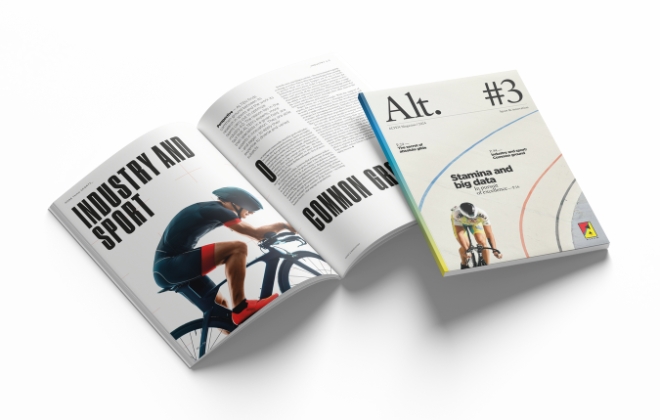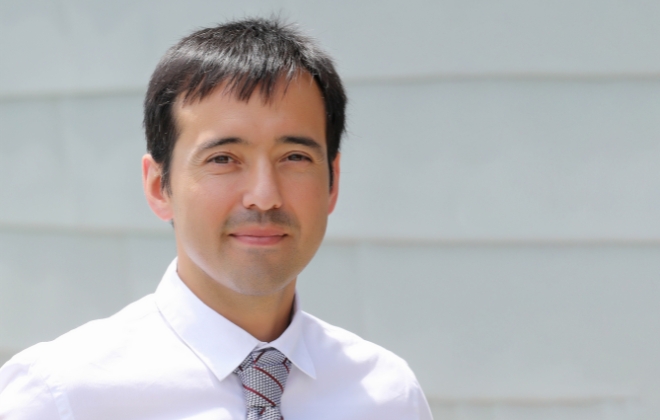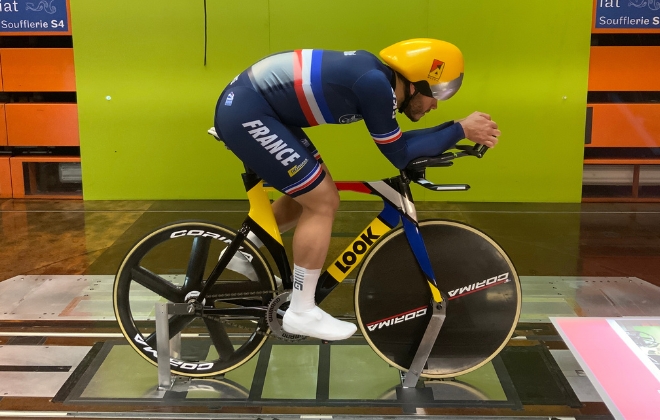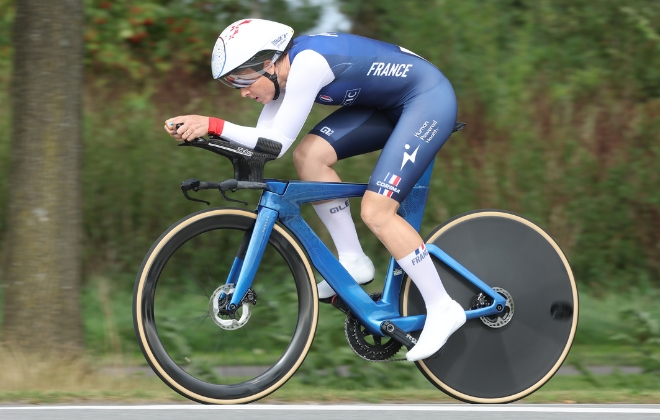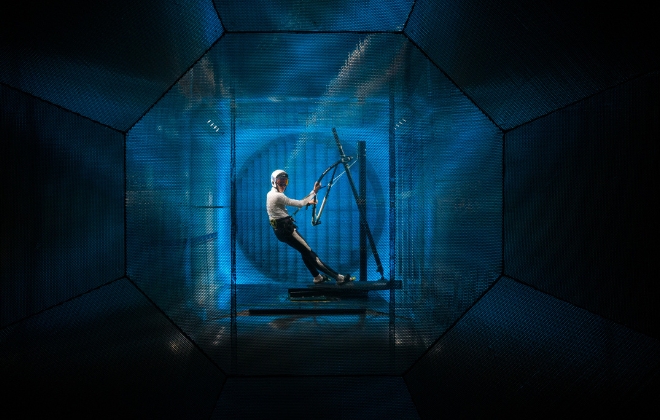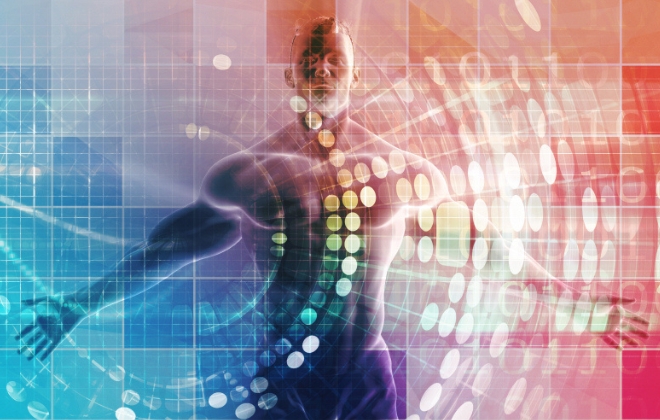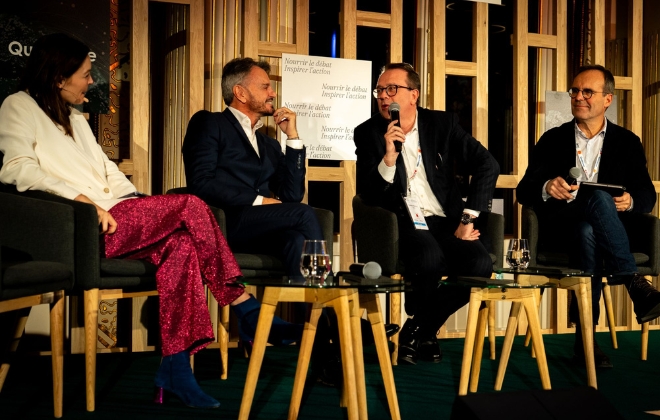From labs to laps: achieving high performance in sport

The National Center for Scientific Research (CNRS) has joined forces with ALTEN and the French Cycling Federation (FFC), applying engineering expertise to the objective of achieving high performance in sports.
In France, the CNRS comprises some 200 laboratories and 1,300 researchers covering aspects that range from human and social sciences to modeling, artificial intelligence, and sensors, among others. Innovations to improve athletes’ performance can center on a range of objectives.
In preparation for the 2024 Olympic Games, the French government has identified thematic challenges that range from interaction with the environment to prevention of risks, mental preparation, optimization of equipment, sporting gestures, training loads and big data/artificial intelligence at the service of performance.
A digital twin
One of the innovative approaches being used by ALTEN and the CNRS involves making 3D scans of athletes. The scans are used to “reconstruct” the athlete, resulting in a life-size reproduction of the cyclist’s morphology – a sort of dynamic mannequin. This is known as “digital twin” technology.
“We began to play with the idea of cloning athletes in 2016,” says Georges Soto-Romero of the LAAS-CNRS research laboratory, specialized in system analysis and architecture. “The first attempts weren’t very successful. The 3D scanning technologies we were using worked fine for building facades and sculptures, but human skin and carbon parts didn’t do very well.” Nonetheless, the partners – Georges Soto-Romero, Emmanuel Brunet research and performance manager of the FFC and Antony Costes – who today is Research and Development Project Manager at ALTEN as well as a professional triathlete, and the first ever French Sub8 on the infamous Ironman distance – did not give up. The evolution of 3D printing combined with a good dose of determination eventually enabled them to mature the digital twin technology.
Today, the scans are carried out on a very sophisticated 3D printer in the CNRS laboratories in Toulouse. Producing the model involves over 1,700 hours of printing to get the replica to scale. “Of course,” says Antony, “the first try is not always – or even usually – successful. Not counting failures, in this case we’re talking about 71 days of non-stop printing.” Antony is referring to a model based on one of Frances’s top hopes for Olympic gold in 2024, Benjamin Thomas. “If we add to this the adjustments to the design, we’re closer to 100 or even 150 days.”
The next step is the creation of the joints that will permit the assembly of a fully articulated mannequin. This involves a great deal of mechanical engineering work – on the pivots, axes of rotation, bearings, etc. – to enable the digital twin to pedal and move in a way that simulates the movements of the actual athlete.
Precision paired with practicality
Despite this investment of time, technology and effort, the approach is especially practical because with their intense training and competition schedules, the athletes have very limited availability for in-person testing. “They’re out competing over 200 days a year,” says Antony. “Thanks to 3D scan technology, we can be quite precise in our reproduction.” Once the digital twin is perfected, the researchers are able to simulate the cyclist’s dynamics – such as pedaling characteristics – and study their effects in detail. The evolution of scanner quality over the years has contributed to the efficiency of these simulations, as has, of course, ALTEN’s expertise in modeling. All told, there were 66 ALTEN consultants involved in this project, including junior staff in training as well as mechanical engineers with ample experience in automotive, rail, and defense projects.
ALTEN Labs’ engineers create a database for each athlete, on the basis of which they devise simulation methods and carry out calculations on their powerful servers. For example, to obtain an aerodynamic coefficient of the extent to which the athlete is braked by the air, the digital twin of the cyclist is placed in a digital wind tunnel.
Equipment can also be studied. “We have created a database of digital helmets,” says Georges, “which means that we can take an athlete who has been scanned and try out different helmets to help the athlete to choose which will be the best from the aerodynamic point of view.”
Marginal gains for big wins
“An added advantage,” continues Antony, “is that the mannequin always pedals in the same way and has a perfectly reproducible position, unlike an athlete who will move his head, his shoulders and so on.” The position of the mannequin is changed between runs to home in on sensitivity. “It’s a high-performance approach that enables us to detect differences that may be minimal, but are cumulative,” he concludes. “We’re able to accumulate what we call marginal gains. The sum adds up to a lot.”
Antony stresses the importance of attention to detail when optimizing the performance of an athlete. “When I talk about studying fine effects, I’m talking about things like the location of a seam on a cyclist’s suit.” Placing a seam in the right place can save up to ten watts at 45 km/h – in other words, half a kilometer an hour. “The idea is to trip the airflow,” explains Antony, “allowing it to be picked up further downstream. When you consider that races on the velodrome are measured in thousandths of a second,” he insists, “it’s crucial to know where to place these rough edges.”
The digital twin will enable the federation to move in this direction. “When it comes to innovation, you need to start small to think big.”











